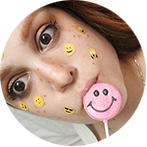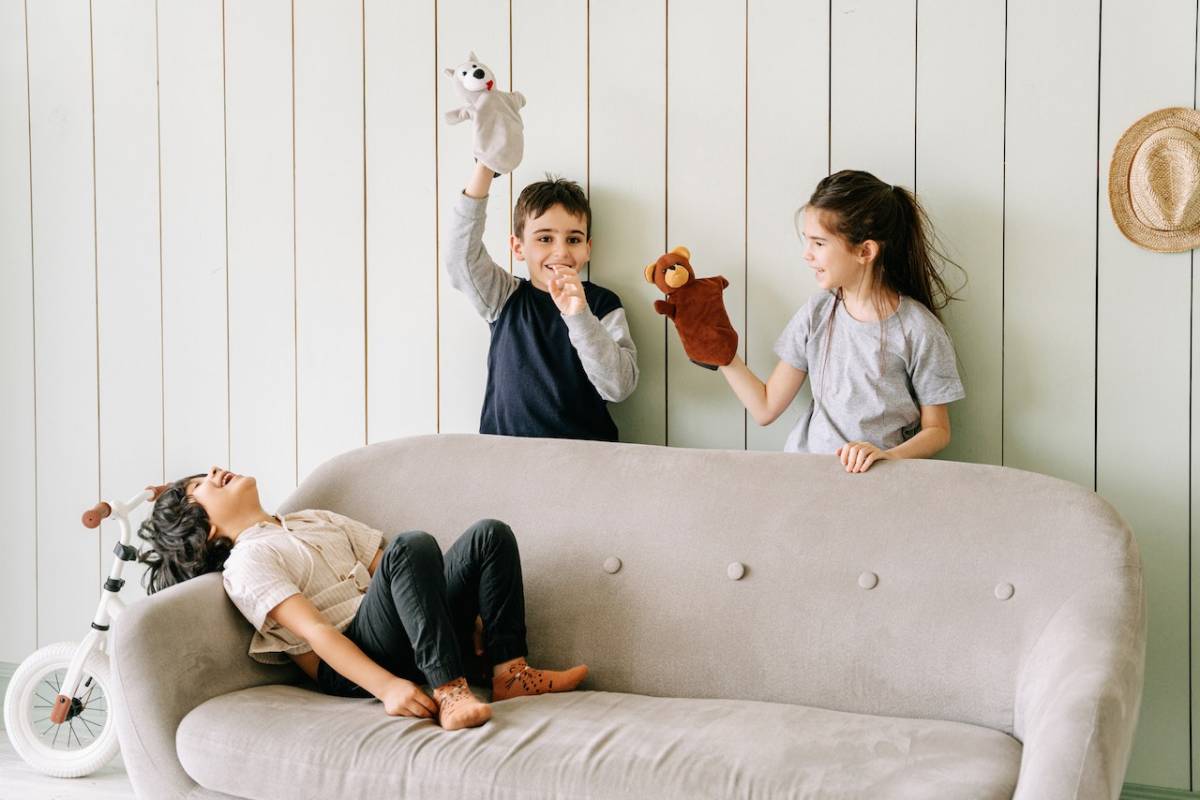







Welcome Back
Sign in to be closer to your community!
Follow other divas, like and comment
on their posts, message them, and see
who loved your posts!
Invalid username or password
You have not verified your account by clicking on the link we sent you via email. Please check your email folders (including your Spam folder) and click on the verify link sent.
Email is required
Password is required








Join FashionPotluck.com
Create your own profile in order to create content, follow other divas and like their posts, use our own messenger, and be a part of a growing international women community!
WELCOME TO OUR COMMUNITY
Fashion Potluck -
the first social media
platform for women.
You are free to read/watch & create content,
express your true self, and interact with others.
Join for free
Already a member? Log in here.
Purchase Alert
Dear Queen, you can only buy from one seller at the time. Please finish this purchase first in order to buy from another FP member
Comments
Please select one platform to continue
Please select one platform to continue
Please select one platform to continue
Please select one platform to continue
Please select one platform to continue
Please select one platform to continue
Please select one platform to continue
Please select one platform to continue
EDITOR APPROVED
You are wondering what is this 'Editor Approved'?
Well, this is pretty awesome! In order for the post to qualify and receive this accolade, it has to have a minimum of 700 words and two images (at least one original).
Receiving this accolade means two things: 1) Your content is amazing! Good job! 2) Your content qualifies for our monetization program. Every week two of the most read posts receive monetary rewards.
Have the badge & want to monetize your content?

LIFESTYLE


A conscientious attitude toward our stuff is a need for practising minimalism, and children's toys are no exception. With so many possibilities available in today's market, it's simple to accumulate an excessive number of toys at home. In addition to taking up physical space, these toys also occupy children's minds since there are too many options available to them, and parents must deal with the resulting clutter.
The physical area is made simpler by using fewer toys, and attentive play, creativity, and the development of important life skills are all encouraged.
Regularly hold toy auditions
Conducting routine toy audits is a crucial first step in applying minimalism to children's toys. This method entails inventorying all of your child's toys and evaluating each one's condition, suitability for your child's age and interests, and frequency of use. Sorting these toys into one of three categories—keep, donate, or discard—is the goal. It may be time to decide whether a toy is still required if it hasn't been used for a long. Toys that are damaged, missing pieces, or that are no longer age-appropriate should also be removed. It's important to talk with your child about the things they genuinely enjoy and use frequently. These audits not only reduce clutter but also help your youngster learn to value and look after their possessions. If unused, good-condition toys are given to less fortunate kids, they can also teach generosity and compassion.
Choose quality over quantity

Even though they might cost more, high-quality toys are typically more robust and provide a better playing experience. They frequently use safer, non-toxic materials and are developed with the child's developmental needs in mind. It's simple to slip into the trap of buying a lot of inexpensive toys, but having too many toys can frequently make both the youngster and the parent feel overwhelmed.
On the other hand, carefully chosen, superior toys can promote more concentrated, involved play and can heighten the child's appreciation for the toys. This idea can serve as a foundation for teaching kids how to care for their possessions.
Embrace the Montessori method
Montessori toys are a great option when looking for high-quality toys that fit with the minimalist philosophy. One excellent example is the minimalist Montessori toys for 1 year olds, which are created with the child's developmental stages in mind. The development of the child's fine motor abilities, their ability to recognize shapes and colors, and their intrinsic need for order are usually their main areas of concentration. Simple and fun Montessori toys spark hours of concentrated play with just a few parts, making them ideal for keeping a minimal toy environment. Additionally, they frequently use natural materials, which supports sustainability and safety.
Put experiences over possessions

The priority given to experiences over stuff is one of the minimalism movement's most powerful tenets. This can be done for kids by giving them experiences rather than tangible things. These could include visits to the zoo or museum, passes to nearby sites, music or art lessons, or even a camping trip. These encounters not only leave enduring impressions but also promote education and personal development. They enable kids to learn about their surroundings and pique their interest and imagination. Furthermore, these experiences don't add to the actual clutter in the house like real toys do. In the long run, your children will treasure these special memories much more than any other possession.
Rotate toys

Toy rotation is a technique that helps keep your child engaged while minimizing the amount of toys in the play space. This tactic involves keeping only a portion of the toys out for play and putting the rest away. The toys are changed out after a set amount of time, typically a few weeks. Your child's interest in their toys will be revived by this cycle, giving them the impression that they always have something new to play with. Additionally, it ensures that all of the toys are utilized and enjoyed since only a percentage of the entire number of toys are out at any given moment. Additionally, when there are fewer toys available, kids can play more creatively and immersively with the ones they still have.
A minimalist approach to toys aims to improve play quality and lessen the unnecessary stress brought on by clutter and overconsumption, not to restrict children's options for enjoyment or play. Children's creativity, attentiveness, and sense of gratitude and responsibility can all be cultivated through the use of carefully chosen toys and a stronger emphasis on experiences. In addition to meeting our children's basic physical requirements, it is our duty as parents and other primary caregivers to foster their mental and emotional growth. To satisfy that obligation, we're making a big stride by embracing minimalism with children's toys.
Comments
Related Posts
- What Makes Men’s Accessories Worth Investing In Today? by Ekim Fashion 0
- How to Plan Seasonal Plush Inventory Without Overbuying by Harnel Inc 0
- 6 Winter Season Reasons to See a Dermatologist ASAP by Monica Quinn 0
More Posts
- Affordable Embroidery Services | Free Design Assistance by Embroidery Designs 0
- Beyond the Hardwood: Finding the Fun in Absurd Physics Games like Basket Random by Suzanna Brown 0
- Why Cowboy Ties Are Making a Bold Fashion Comeback This Year by Rocky Mountain Western 0
Vote content out
Reason for voting this content out?
Reason for voting this content out?


 Login with Google
Login with Google Login with Twitter
Login with Twitter






 by
by
Add Comments